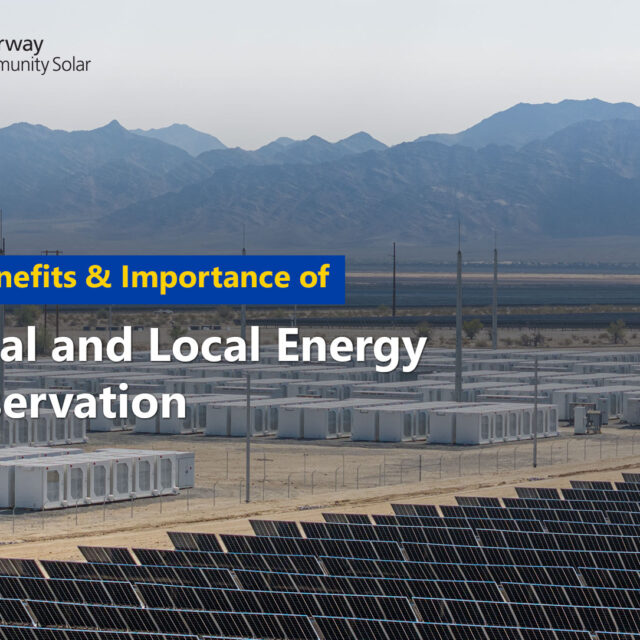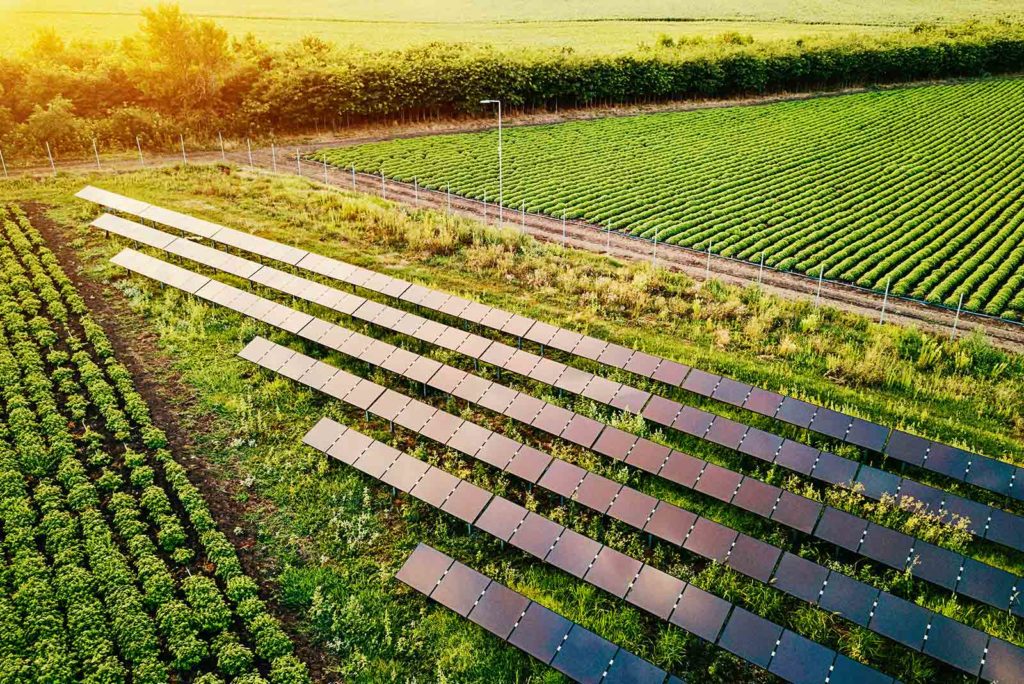
 Solar power continues to make a mark on global energy markets, with its installed capacity having almost quadrupled just over the past five years. The renewable energy source now accounts for close to 2% of worldwide power generation, according to the BP Statistical Review of World Energy 2018.
Solar power continues to make a mark on global energy markets, with its installed capacity having almost quadrupled just over the past five years. The renewable energy source now accounts for close to 2% of worldwide power generation, according to the BP Statistical Review of World Energy 2018.
To continue growth toward eventually providing more than an a fractional share of the world’s total electricity, solar must overcome some obstacles. On one hand, improved electrical grids and batteries are one such challenge, given the inconsistency of sunshine and cloudy weather that can constrain solar’s availability. On the other hand, a perhaps less-discussed yet critical area of opportunity: expanding solar’s application beyond power generation to other sectors.
Thankfully, all these issues appear manageable, indicating that for solar power, the sky really is the limit.
“Solar has very much ‘left the station’ at this point,” said Jao van de Lagemaat, the Director of the Chemistry and Nanoscience Center at the National Renewable Energy Laboratory (NREL), located in Golden, Colorado. “Just due to economics, solar will continue to grow and will be a major part of electricity generation.”
But van de Lagemaat sees solar maxing out at perhaps a fifth of the global energy mix unless grid technology, batteries, and solar applications make great strides. “Doing these things is essential to solar’s adoption beyond around 20 percent,” said van de Lagemaat.
A Look At Our Energy Systems
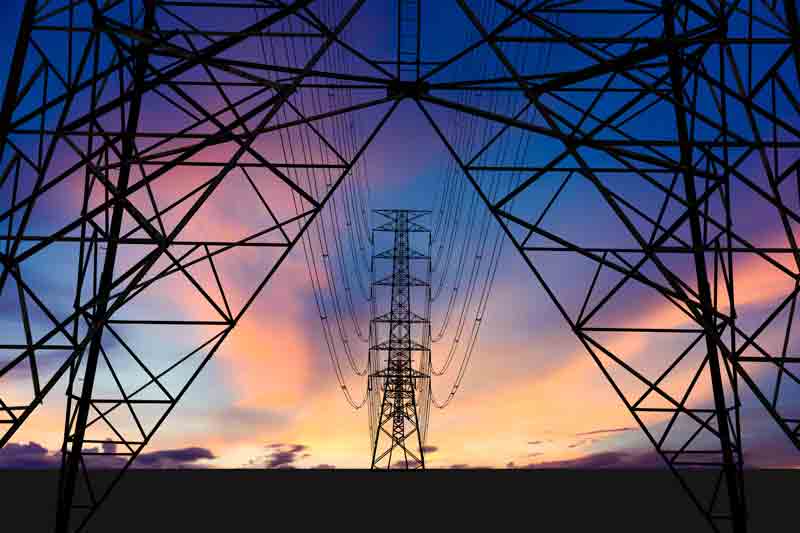 The electrical grids lacing the United States and many other countries are largely legacy systems, heavily reliant on technologies and generation strategies dating back decades. The grid as we know it today arose based on a highly centralized power supply, produced at mostly steam-driven power stations burning fossil fuels, such as coal and natural gas, to turn electricity-generating turbines. Distribution across the existing infrastructure of high-voltage power lines is efficient at delivering large amounts of power over long distances. But, this mode of power distribution can be inefficient and unresponsive to local demand.
The electrical grids lacing the United States and many other countries are largely legacy systems, heavily reliant on technologies and generation strategies dating back decades. The grid as we know it today arose based on a highly centralized power supply, produced at mostly steam-driven power stations burning fossil fuels, such as coal and natural gas, to turn electricity-generating turbines. Distribution across the existing infrastructure of high-voltage power lines is efficient at delivering large amounts of power over long distances. But, this mode of power distribution can be inefficient and unresponsive to local demand.
The traditional energy landscape is changing rapidly with the rise of distributed energy resources. These include solar farms and wind farms, as well as “prosumers” — energy consumers that are also producers — with rooftop solar installations. Homes and businesses linked into distributed energy are less reliant on centralized power generation and often feed excess energy back into the grid.
Managing all these different sources of energy generation is more complex than the conventional model of one-way power flow. It involves computers and human operators handling forecasting, as well as making on-the-fly adjustments, in order to smartly utilize available and anticipated energy. Getting the management system to be more responsive in real-time will be key for integrating additional solar generation in the years ahead.
“It’s been shown that predictive modeling of the solar resource with small time-resolution—say, a few minutes—and using that to inform grid operators and solar plant operators can increase the value of solar by many factors,” said van de Lagemaat.
Researchers often talk about moving from centralized to distributed to eventually “holonic” energy systems, where small-scale distributed power generation is organically integrated into the historically dominant, large-scale, centralized power generation. For solar power, this transformation requires improved voltage regulation. Various classes of inverters, which convert the direct current made from the panel themselves into the alternating current for grid-scale distribution and supply to end users, are being explored. These “advanced grid management systems,” said Ben Kroposki, the Director of the Power Systems Engineering Center at NREL, can deliver “improvements in how electrical grids are operated,” which “can significantly reduce operating and maintenance costs.”
Dynamic Grids and New Opportunities
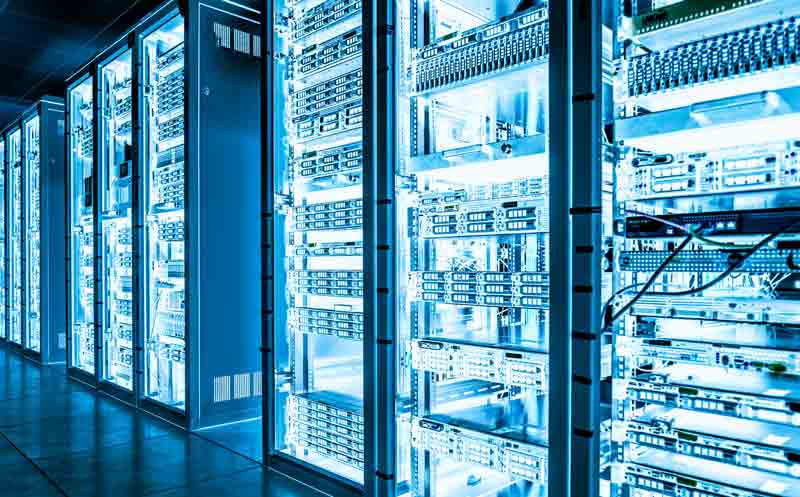 This adoption of a “smart” grid, as it is often dubbed, depends on nimbler frequency regulation. To keep the alternating current’s frequency within a narrow range — around 50 Hz or 60 Hz, using 220–240 volts and 100–127 volts, respectively, depending upon the country — grid operators must balance supply to meet demand, which spikes at various times throughout the day and dips at night. Maintaining the balance requires bringing power generation assets online and offline, as well as utilizing energy storage. Solar could be factored into balancing this equation, van de Lagemaat points out. Giving solar a more active role in improving grid technology will further boost its adoption.
This adoption of a “smart” grid, as it is often dubbed, depends on nimbler frequency regulation. To keep the alternating current’s frequency within a narrow range — around 50 Hz or 60 Hz, using 220–240 volts and 100–127 volts, respectively, depending upon the country — grid operators must balance supply to meet demand, which spikes at various times throughout the day and dips at night. Maintaining the balance requires bringing power generation assets online and offline, as well as utilizing energy storage. Solar could be factored into balancing this equation, van de Lagemaat points out. Giving solar a more active role in improving grid technology will further boost its adoption.
“It’s also been shown to be possible to use solar resources not just as raw power generation but to supply grid services such as frequency regulation,” said van de Lagemaat. “This is possible due to smart regulation and fast communication between grid operators and generators.”
The broader point of diversifying solar energy’s applications, and taking it into more sectors of the energy economy beyond electricity generation, will likewise be critical for solar’s expansion, said van de Lagemaat. “We will need ways to electrify the rest of the economy,” he said.
A single, yet far-reaching application van de Lagemaat identified is using solar-derived electricity to split water to generate hydrogen in bulk. That freed hydrogen can be utilized for synthesizing ammonia for fertilizer, producing pure metals, creating hydrocarbon fuels, upgrading biofuels, plus numerous other enterprises. “Doing this would really increase the value of solar beyond electricity production,” said van de Lagemaat.
Batteries and Storage
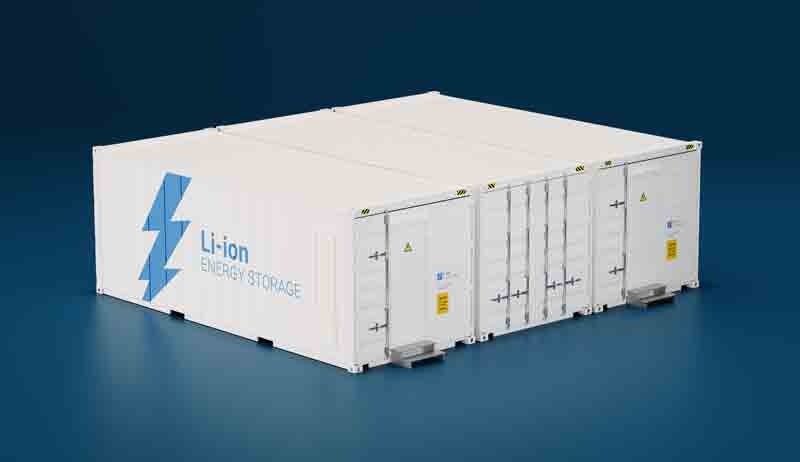 With improved grids and expanded applications, the fundamental problem of intermittency (given that the sun’s production is limited to daylight hours) still remains for solar power generation. “The main issues remaining in adoption,” van de Lagemaat said, “are the intermittent nature of power production using solar.”
With improved grids and expanded applications, the fundamental problem of intermittency (given that the sun’s production is limited to daylight hours) still remains for solar power generation. “The main issues remaining in adoption,” van de Lagemaat said, “are the intermittent nature of power production using solar.”
Bottling up clean sun-derived energy via batteries looms as the key enabling technology to make solar power potentially equal and even preferable to conventionally dominant coal and natural gas. “We will need to figure out how to store electrons at very low cost,” said van de Lagemaat.
There are encouraging signs. According to a report put out in March 2018 by GTM Research and the Energy Storage Association, the United States energy storage market is expected to double just within a year’s time. That estimated growth far outpaces the 27% that occurred in 2017. Looking ahead, the report predicts storage multiplying seven times over by 2023, reaching around 9,000 megawatt-hours of grid-connected energy storage.
Companies such as Tesla are making batteries. “The cost of batteries has been plummeting in the last years due to the adoption of electric vehicles everywhere,” said van de Lagemaat. “This will make storage-plus-solar very affordable and competitive and will allow for stable electrical grids even at high solar penetration.”
Close to 99% of the batteries used currently are state-of-the-art lithium-ion architectures and chemistries, often including the metal cobalt. Yet this battery type cannot offer the level of energy density that researchers believe will be needed for sufficiently cost-effective energy storage. “We still need solutions that do not rely on lithium and cobalt, but that is being worked on,” said van de Lagemaat.
Diligent efforts by national labs like NREL, along with private industry and academia, look to get solar power over the anticipated hump. Besides grids and batteries, surely numerous other advances — including to the solar cells and panels themselves — will factor heavily as the solar of now transforms into the solar of tomorrow.
“In many places in the world, solar is already competitive with traditional sources,” said van de Lagemaat. “Soon it will be competitive almost everywhere.”
